Sewing is an incredibly popular and versatile craft that has been practiced for centuries. From creating intricate garments to mending old clothes, sewing has become an essential skill for anyone looking to add their personal touch to their wardrobe. But behind every beautiful piece of clothing lies a set of tools that make the entire process possible.
Here we will explore the meaning and purpose of some of the most commonly used sewing tools, highlighting their importance in the world of needle and thread.
1. Sewing Machine
The sewing machine is, without a doubt, the most important tool for any sewing enthusiast. It is a mechanical or computerized device that automates the process of sewing fabric together. The first sewing machine was invented in the late 18th century and has since undergone several advancements and variations. Today, there are different types of sewing machines, such as mechanical, electronic, and computerized, all with unique features and functionalities to cater to different sewing needs.
Sewing machines come with a variety of stitch options, from basic straight and zigzag stitches to more advanced decorative stitches. They also have different needle positions, thread tension control, stitch length and width adjustments, and much more. The sewing machine’s job is to make the sewing process more efficient, precise, and faster, making it an indispensable tool for any sewing project.
2. Hand Sewing Needles
Hand sewing needles are slender tools with a pointed tip and an eye at the other end, designed to carry a thread and pierce through fabric. They come in different sizes, lengths, and handicraft, depending on the type of project at hand. Hand sewing needles have been used for centuries and are still an essential tool in modern-day sewing, especially for delicate hand stitches and finishing touches.
Some of the different types of hand sewing needles include sharp needles for general sewing, ballpoint needles for knit fabrics, and embroidery needles for decorative stitches. Each type of hand sewing needle is designed to cater to specific needs, making them a crucial tool in the sewing kit.
3. Thread
A sewing project cannot be complete without the use of thread. Thread is a thin, fastening strand of twisted fibers made from cotton, polyester, silk, or nylon. It is the sewing machine’s and hand sewing needle’s primary material, and it comes in many colors and thicknesses. Choosing the right thread for a project is crucial as it can affect the strength, appearance, and overall success of the sewing project.
The type and weight of thread you choose depend on the type of fabric and the type of stitches you intend to use. For instance, a heavy-duty fabric, such as denim, requires a thicker thread to ensure durability, while a delicate fabric, like chiffon, requires a finer thread to avoid damaging the cloth’s delicate fibers.
4. Measuring Tools
Measuring tools are essential in sewing as they ensure accurate and precise cutting and sewing. These tools include a ruler, tape measure, and a tailor’s chalk. They help you mark out the measurements on the fabric, ensuring that the final product fits perfectly. A wrong measurement can be disastrous and ruin the entire project. Therefore, investing in quality measuring tools is crucial for every sewing enthusiast, whether amateur or professional.
5. Fabric Shears
Fabric shears, also known as dressmaker’s shears, are a specialized type of scissors designed for cutting fabric. They have a longer blade and a bent handle, allowing a smooth and effortless cut through multiple layers of fabric. Fabric shears are sharp, heavy-duty, and have serrated edges to prevent the fabric from slipping while cutting.
It is essential to reserve your fabric shears for cutting fabric only as using them for other tasks can dull their blades, affecting their performance. Many seamstresses have a separate pair of scissors for cutting paper or other materials.
In conclusion
Sewing tools are an essential part of any sewing project, whether big or small. They make sewing an enjoyable and efficient process, allowing for endless possibilities and creativity. Understanding the meaning and purpose of these tools will not only improve your sewing skills but also make the process more enjoyable and successful. So next time you sit down for a sewing session, remember to have your sewing tools close by.
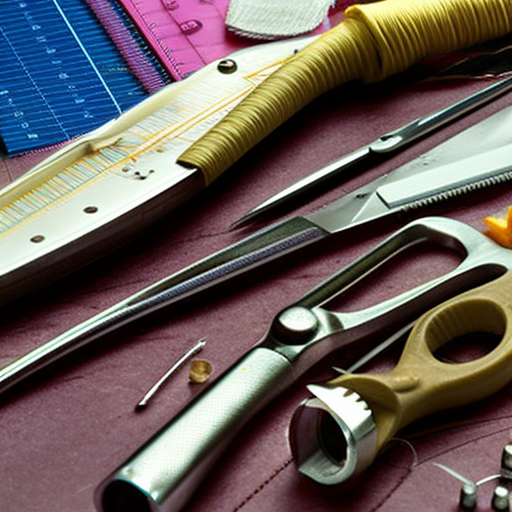
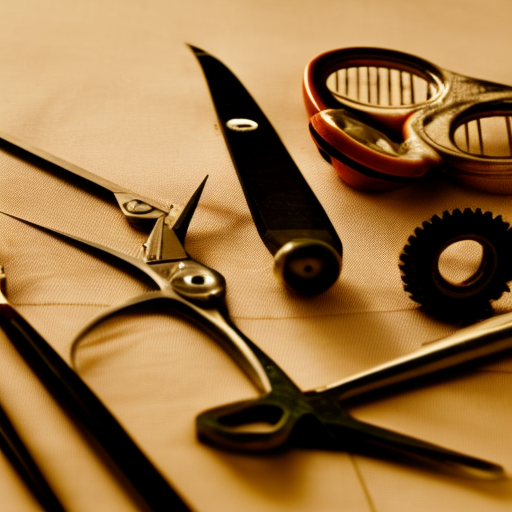
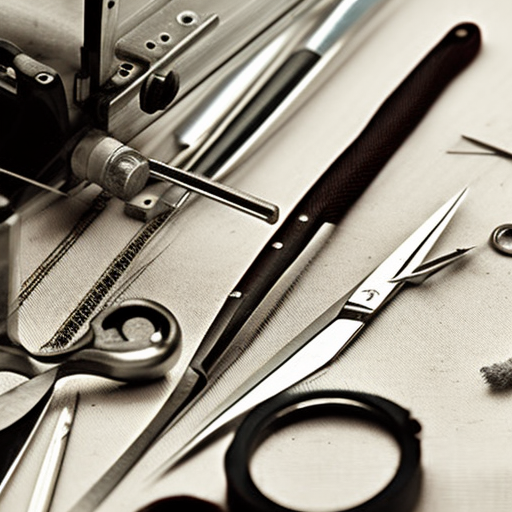
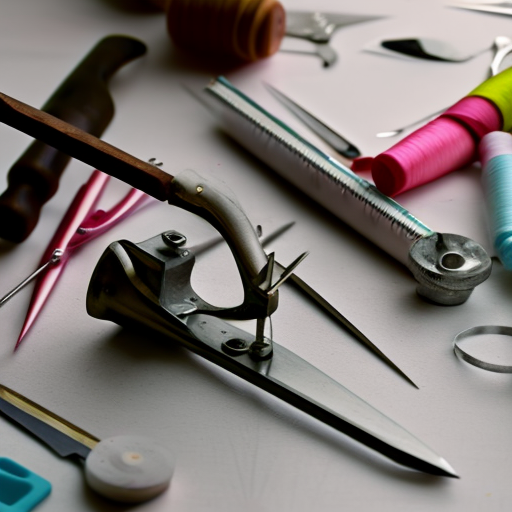
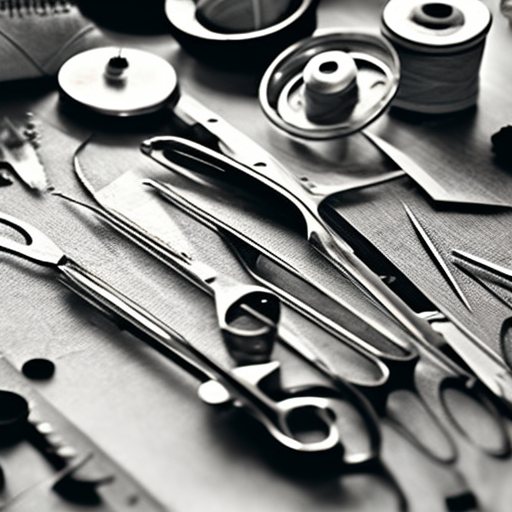
Wow. This is really helpful!
Josh Fishman: Love this! A great resource for anyone who is just getting into sewing.
One crucial aspect of successful sewing is having the right tools for the job! It can make the difference between a good project and a great one.
Absolutely essential! Having the right tools can really take your sewing to the next level.